Sonlight’s Hands-On History: All the Fun with Minimal Mess
This post is sponsored by Sonlight.
Can I let you in on a little secret?
I kinda hate hands-on learning projects. I, myself, am not a very crafty person. While I may, occasionally, decide to attempt some project, generally the thought of clean-up afterwards is enough to bring me to my senses. I just don’t like the mess that accompanies projects. Cleaning is not my idea of fun.
With seven children, I am constantly battling messes. Purposefully adding to that seems a bit like insanity. I already have enough to do.
However I have creative and artsy children who would love nothing more than to be unleashed with mounds of glitter, glue and all the craft supplies they could possibly fathom. Their perfect day would be filled with nothing but hands-on projects. Unfortunately, I do not have children who love to clean the way they love to build and craft.
Even though I detest the mess from hands-on projects, when it comes to education, I cannot overlook the value that comes from adding a hands-on element to our lessons.
This is one area where I force myself to step out of my comfort zone and brace myself for the unpleasant clean-up afterward.
Here are five reasons why I incorporate hands-on learning despite the mess and why you should too.
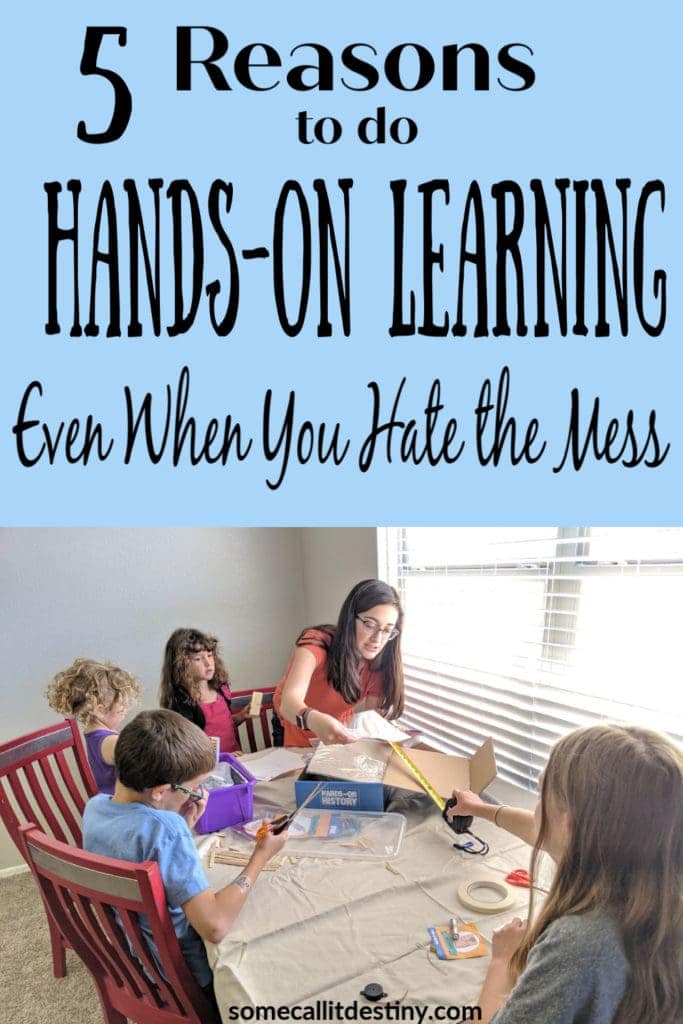
Engage all Learning Styles with Hands-On History
Hands-on projects have the unique capability to engage audio, visual and kinesthetic learners. Adding a hands-on element to a lesson captures attention and engages learners. I believe the saying is “hands-on, brains on.” With increased engagement, you will also find an increase in focus and less zoning out. Children will want to be involved and not miss anything.
When my children know we have a project to go along with a lesson, they are eager to get to it. When our Hands-On History kit from Sonlight came in the mail they could hardly contain their excitement. I spent my day fielding questions of when we were going to do them.

Increase Retention with Hands-On Learning
In order to commit something fully to memory it is necessary to hear it, see it and then do it. When you incorporate hands-on projects into your lessons, your student will retain more of what was taught.
The lessons that my kids remember and talk about most are those where we did something. Projects which required them to be actively engaged in applying what they learned to creating something physical.
If you want your child to really remember something, including a hands-on project is the best way to accomplish that.
Hands-On History Real Life Application
Hands-on projects give children the opportunity to connect what they are learning about with things they are familiar with. Connections between what they are learning and how they apply to real life scenarios are best made through exploration. Hands-on learning provides that element.
Improve Critical Thinking Skills
Hands-on learning requires kids to use their problem-solving abilities. As they participate, they are likely to ask questions. Questions such as why is something done this way, what would happen if we did it differently, and how could we make it better, help to improve critical thinking skills. When a child is thinking about a problem or what the next step should be they are learning an important process for how to think. Hands-on learning naturally fosters this process.
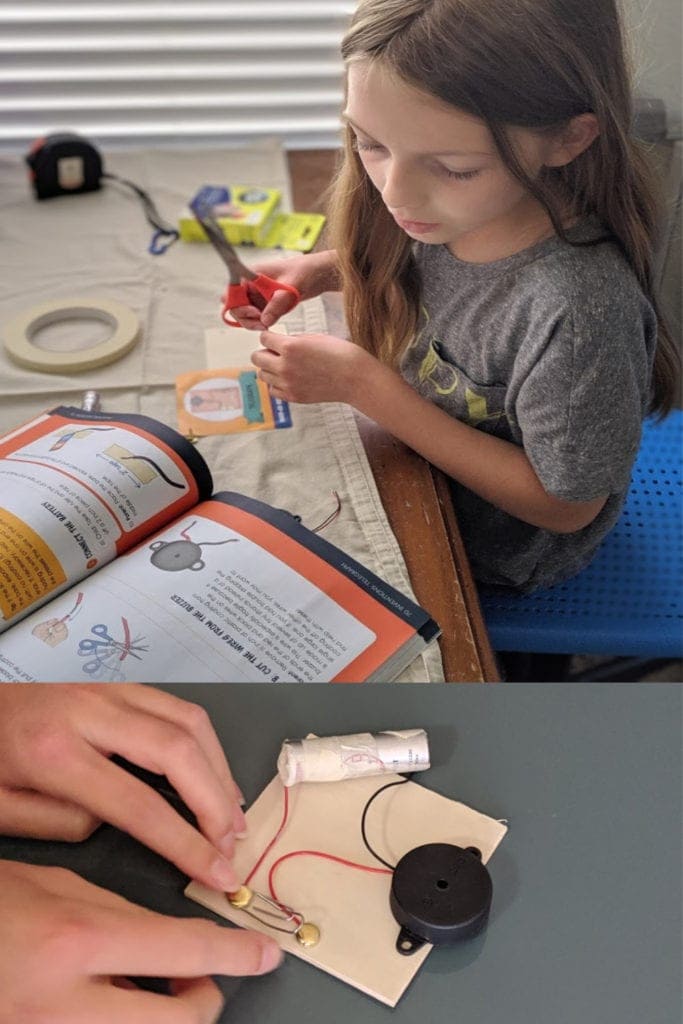
They will also use those problem solving skills if the project is not quite going according to directions. When my daughter was building the telegraph from our Hands-On History kit, she had to use her problem solving abilities to determine what she had done incorrectly so she could fix it.
The skills learned from problem solving and thinking through a project that are developed from hands-on learning are skills that will benefit them throughout life.
Hands-On Learning is about Them
This is probably the most important reason to do hands-on even if you hate the mess. It really isn’t about you. It’s about your children. It’s about finding a way to get their eyes to light up with wonder and amazement in what you are teaching.
If I want to learn about inventions or Medieval Times by reading straight from a book, I can do that.
If I required it, my children would also do it. They would be bored out of their socks, but they would do it because it was required.
However, if they see that we are going to be learning by creating a car or catapult, like the ones in Sonlight’s Hands-On History, their eyes light up. They become so excited to learn and will ask me constantly when we will do the lesson.

Their excitement and eagerness is why I brave the mess.
I don’t homeschool because I want a clean house. I homeschool because I love my children and I want to foster in them a love of learning. And sometimes, that means embracing the mess.
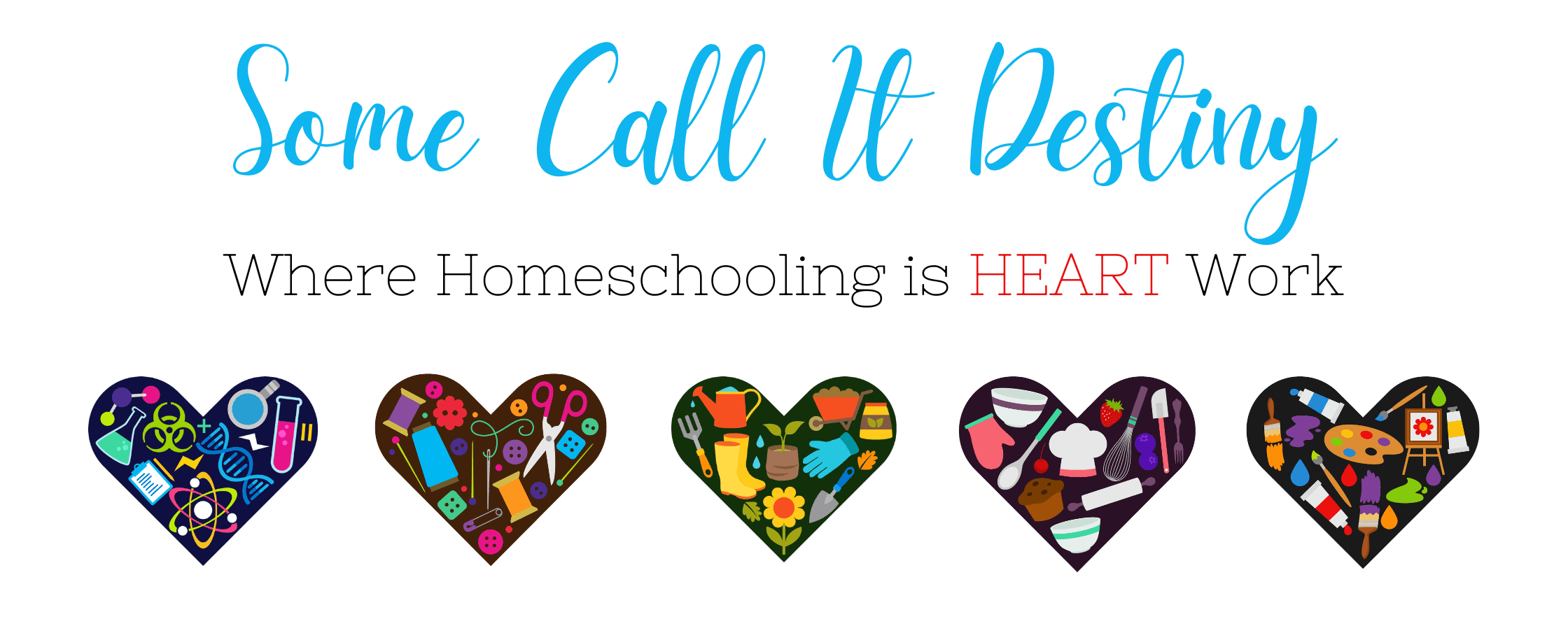

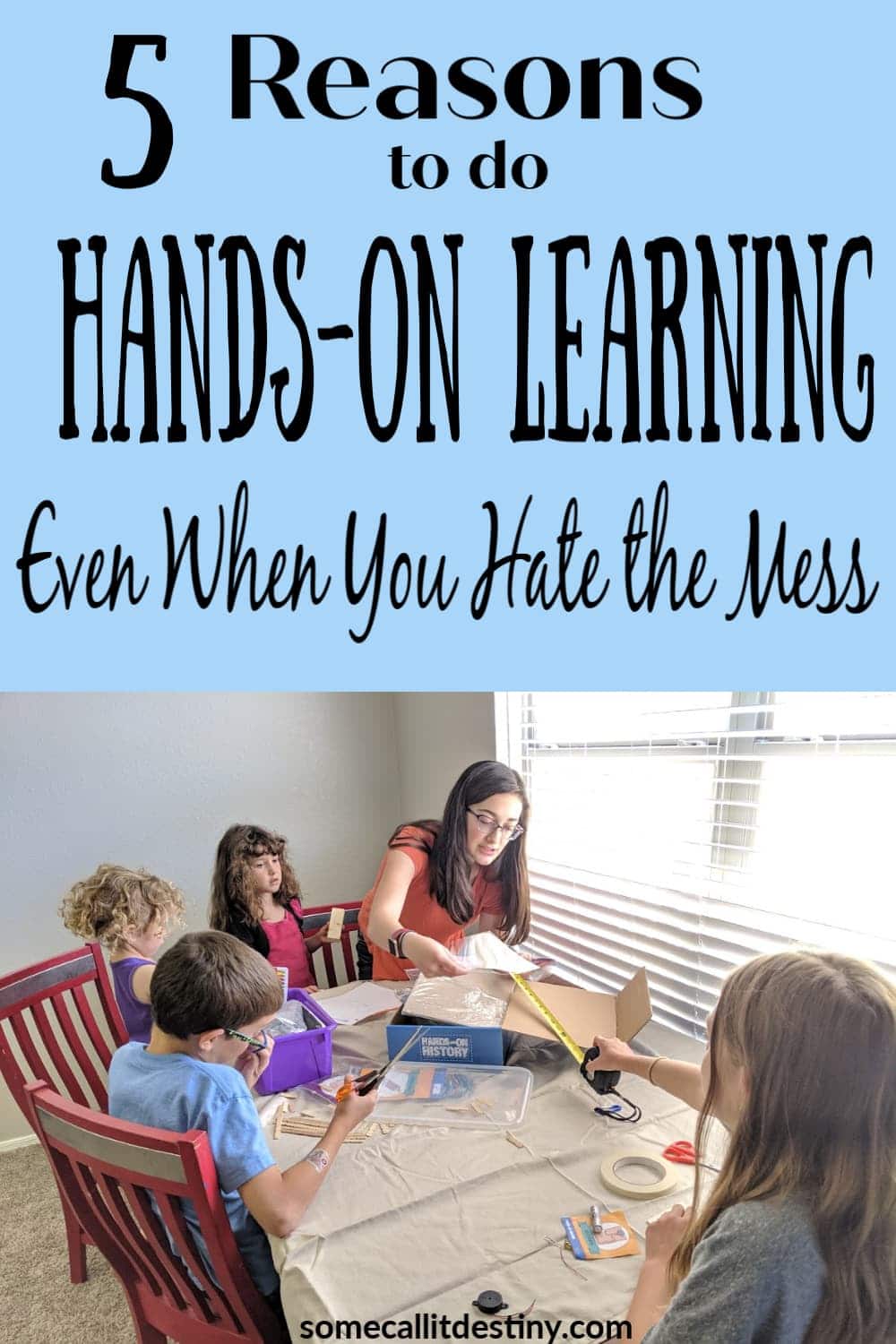

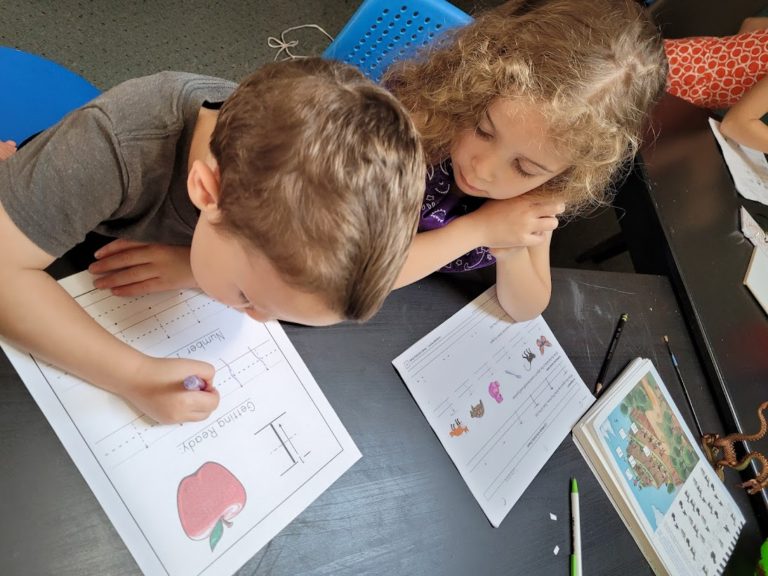
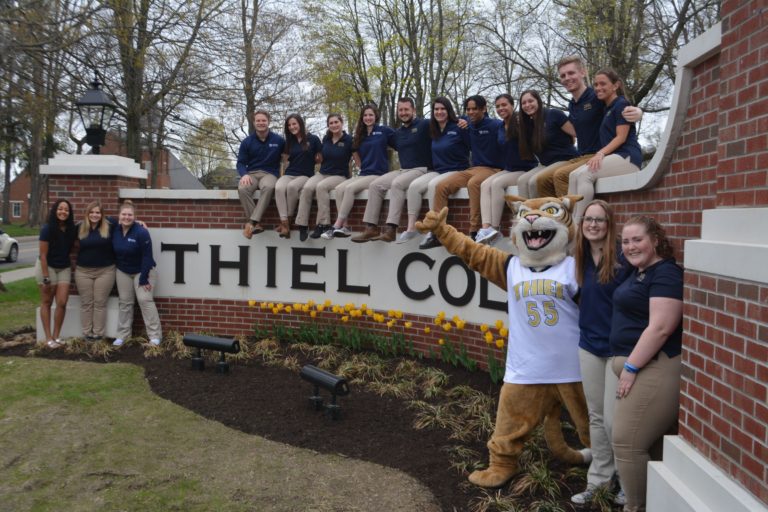
I whole heartedly agree with this and have found myself struggling to incorporate more hands on lessons with my middle/ high school. Thanks so much for sharing with us at Encouraging Hearts and Home. Pinned.